Chapter 6: Theme and Image: Every Picture Tells a Story
Exploring the Social, Historical, and Cultural Context of a Painting
Learners can explore the social, historical, and cultural origins of the story in each of these visual images. They can create new and alternative narratives in the form of a poem, collage, speech, letter, or essay (also see Appendix Resources). A closer look at different paintings by the same artist can be the focus of an art inquiry project. The images and related texts in the following section provide examples of the way art and text can be explored through different lenses of learning. You can also apply different essential questions to the works of art, poems, and informational texts.
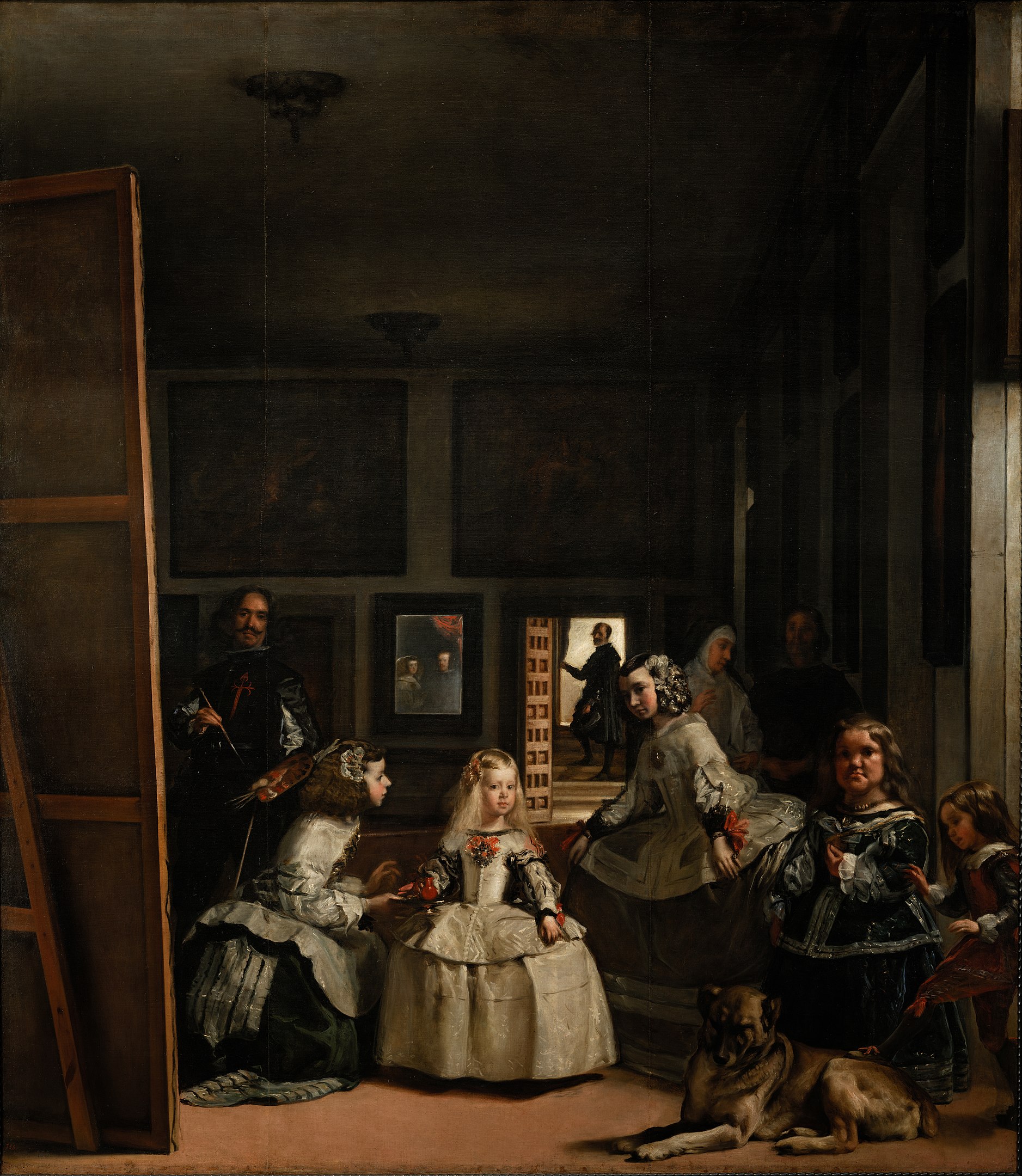
Note about Las Meninas by Diego Velasquez:
Las Meninas (“The Ladies in Waiting”) is a 1656 painting in the Museo del Prado in Madrid, by Diego Velázquez, the leading artist of the Spanish Baroque , has become one of the most widely analyzed works in Western painting due to the way its complex and enigmatic composition and how Velazquez “sought to build a bridge between art and reality”, between subjects and viewers.
The painting is believed by to depict a room in the Royal Alcazar of Madrid during the reign of King Philip IV of Spain, and presents several figures, most identifiable from the Spanish court, captured in a particular moment as if in a snapshot photograph. Some of the figures look out of the canvas towards the viewer, while others interact among themselves. The five-year-old Infanta Margaret Theresa is surrounded by her entourage of ladies in waiting, chaperones, bodyguard, two dwarfs and a dog. Just behind them, Velázquez portrays himself working at a large canvas. Velázquez looks outwards beyond the pictorial space to where a viewer of the painting would stand.[3] In the background there is a mirror that reflects the upper bodies of the king and queen. They appear to be placed outside the picture space in a position similar to that of the viewer, although some scholars have speculated that their image is a reflection from the painting that Velázquez is shown working on. (Wikipedia).
To view the Joy of Museums Virtual Tour of “Las Meninas” please open the link here.
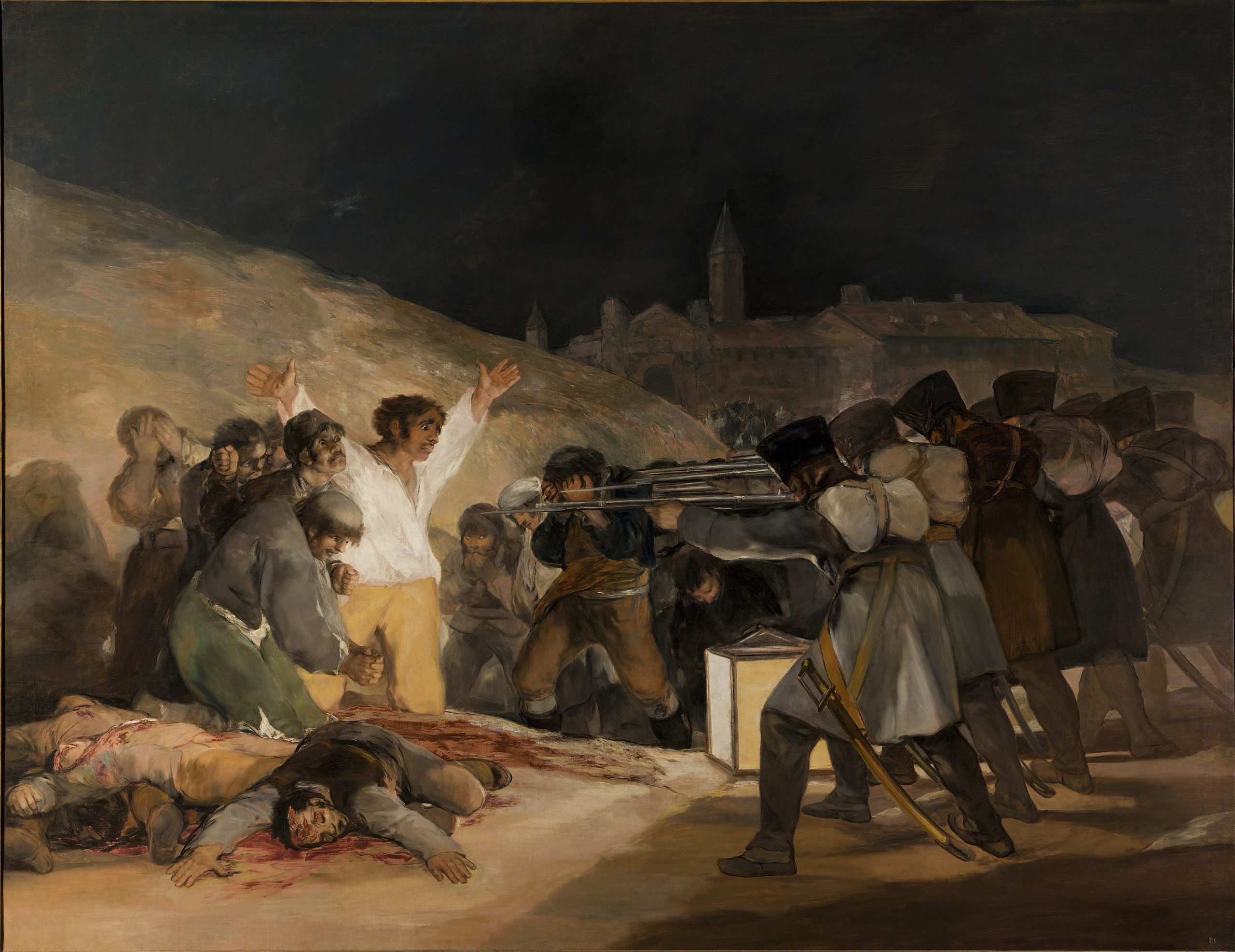
Note about The Third of May by Francesca Goya:
“Goya’s The Third of May, 1808 is a powerful depiction of a tragic event in Spanish history. Painted in 1814, the artwork portrays the execution of Spanish civilians by French soldiers during the Peninsular War. Goya’s use of stark contrast between light and dark, along with his bold brushwork, intensifies the emotional impact of the scene.
The central figure, with arms outstretched in a Christ-like pose, represents the innocent victim facing his imminent demise. The vivid portrayal of despair, fear, and brutality elicits a visceral response from viewers, evoking a profound reflection on the horrors of war and the sacrifice of ordinary people caught in its grip. The Third of May, 1808 stands as a timeless testament to Goya’s artistic genius and his ability to capture the raw emotions and harsh realities of human existence.” ( Wendy Gray, June 17, 2023, Daily Art Magazine.)
The Man He Killed by Thomas Hardy
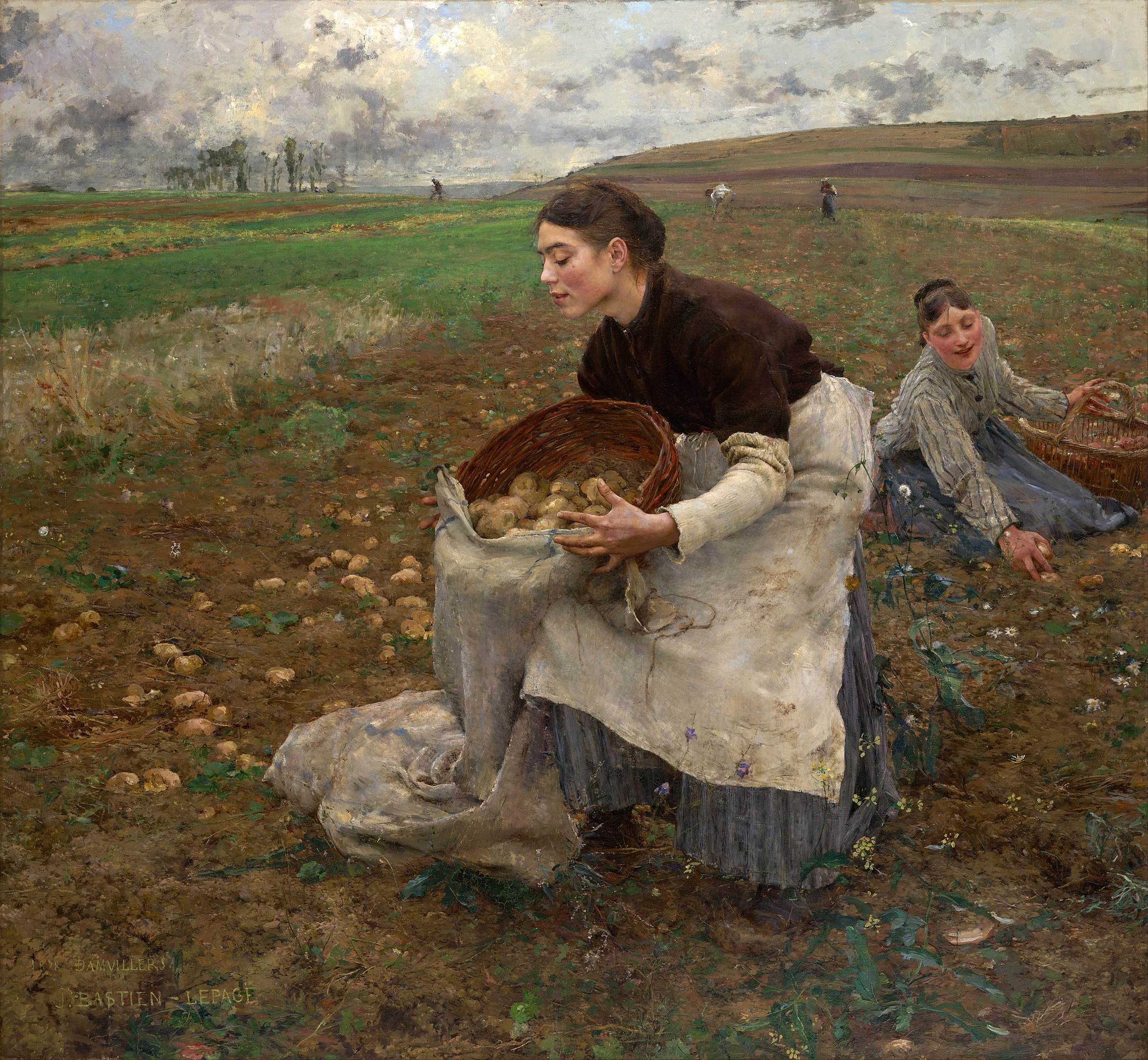
Work without Hope by Samuel Taylor Coleridge (1772-1834)
All Nature seems at work. Slugs leave their lair—
The bees are stirring—birds are on the wing—
And Winter slumbering in the open air,
Wears on his smiling face a dream of Spring!
And I, the while, the sole unbusy thing,
Nor honey make, nor pair, nor build, nor sing.
Yet well I ken the banks where Amaranths blow,
Have traced the fount whence streams of nectar flow.
Bloom, O ye Amaranths! bloom for whom ye may,
For me ye bloom not! Glide, rich streams, away!
With lips unbrighten’d, wreathless brow, I stroll:
And would you learn the spells that drowse my soul?
Work without Hope draws nectar in a sieve,
And Hope without an object cannot live.
(Retrieved February 5, 2023: https://en.wikisource.org/wiki/Work_without_Hope)
Identity and Belonging

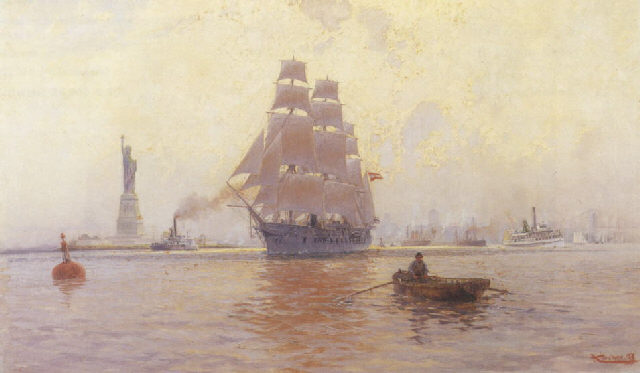
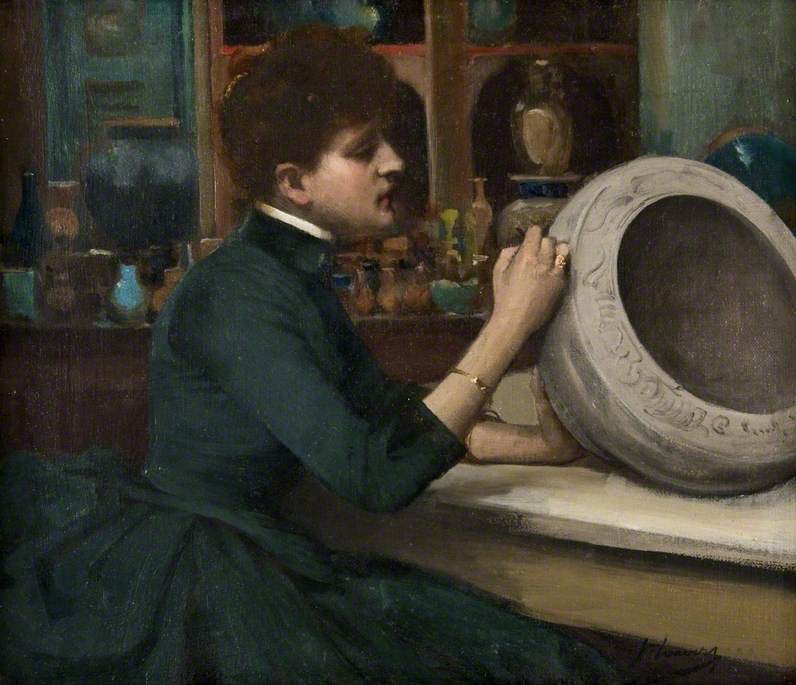
A Song of Triumph by Angela Morgan
Work!
Thank God for the might of it,
The ardor, the urge, the delight of it,
Work that springs from the heart’s desire,
Setting the brain and the soul on fire—
Oh, what is so good as the heat of it,
And what is so glad as the beat of it,
And what is so kind as the stern command,
Challenging brain and heart and hand?
Work!
Thank God for the pride of it,
For the beautiful, conquering tide of it,
Sweeping the life in its furious flood,
Thrilling the arteries, cleansing the blood,
Mastering stupor and dull despair,
Moving the dreamer to do and dare—
Oh, what is so good as the urge of it,
And what is so glad as the surge of it,
And what is so strong as the summons deep,
Rousing the torpid soul from sleep?
Work!
Thank God for the pace of it,
For the terrible, swift, keen race of it,
Fiery steeds in full control,
Nostrils a-quiver to reach the goal.
Work, the power that drives behind,
Guiding the purposes, taming the mind,
Holding the runaway wishes back,
Reining the will to one steady track,
Speeding the energies, faster, faster,
Triumphing ever over disaster;
Oh, what is so good as the pain of it,
And what is so great as the gain of it,
And what is so kind as the cruel goad,
Forcing us on through the rugged road?
Work!
Thank God for the swing of it,
For the clamoring, hammering ring of it,
Passion of labor daily hurled
On the mighty anvils of the world.
Oh, what is so fierce as the flame of it?
And what is so huge as the aim of it?
Thundering on through dearth and doubt,
Calling the plan of the Maker out,
Work, the Titan; Work, the friend,
Shaping the earth to a glorious end,
Draining the swamps and blasting hills,
Doing whatever the Spirit wills—
Rending a continent apart,
To answer the dream of the Master heart.
Thank God for a world where none may shirk—
Thank God for the splendor of Work!
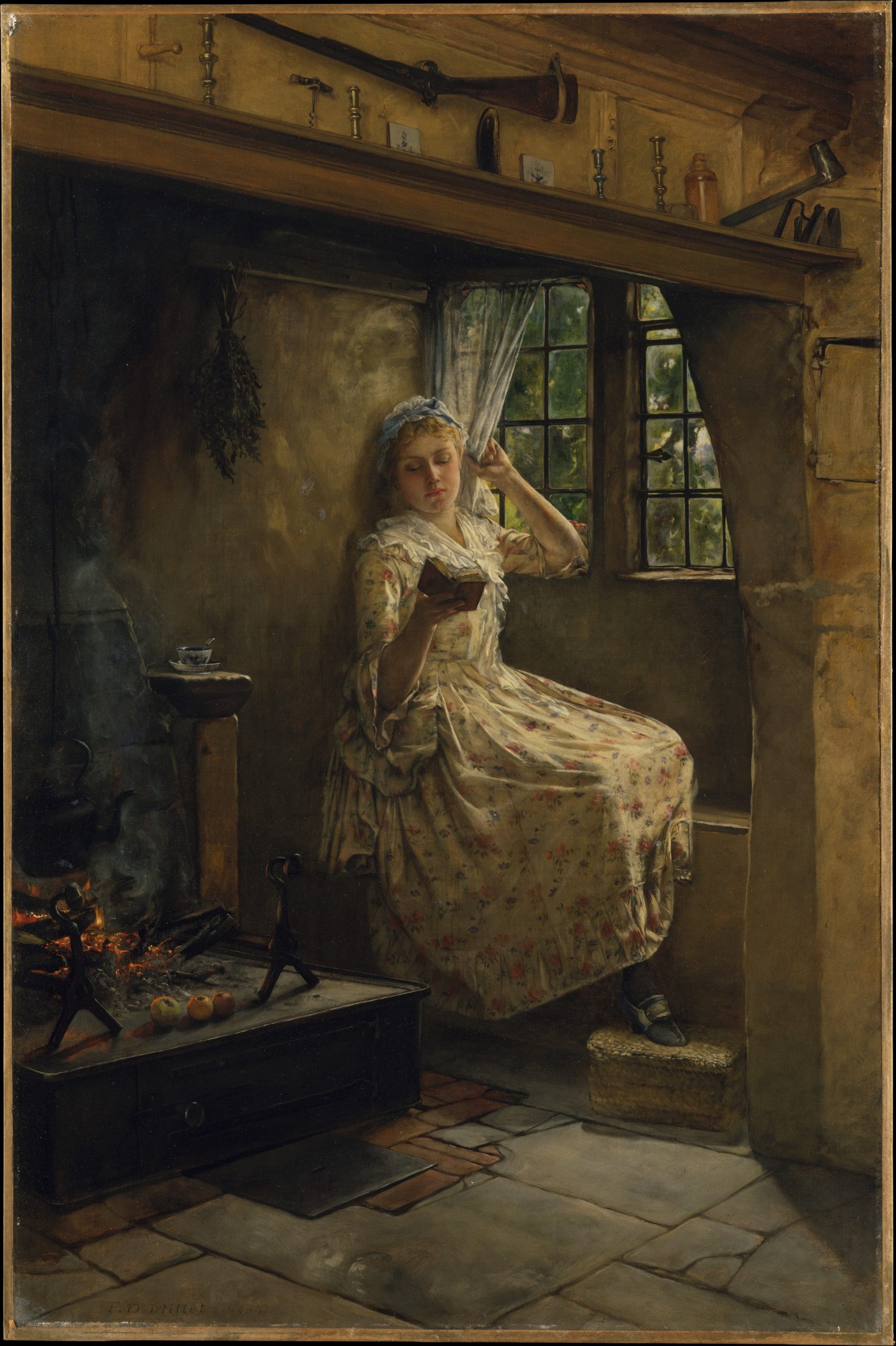
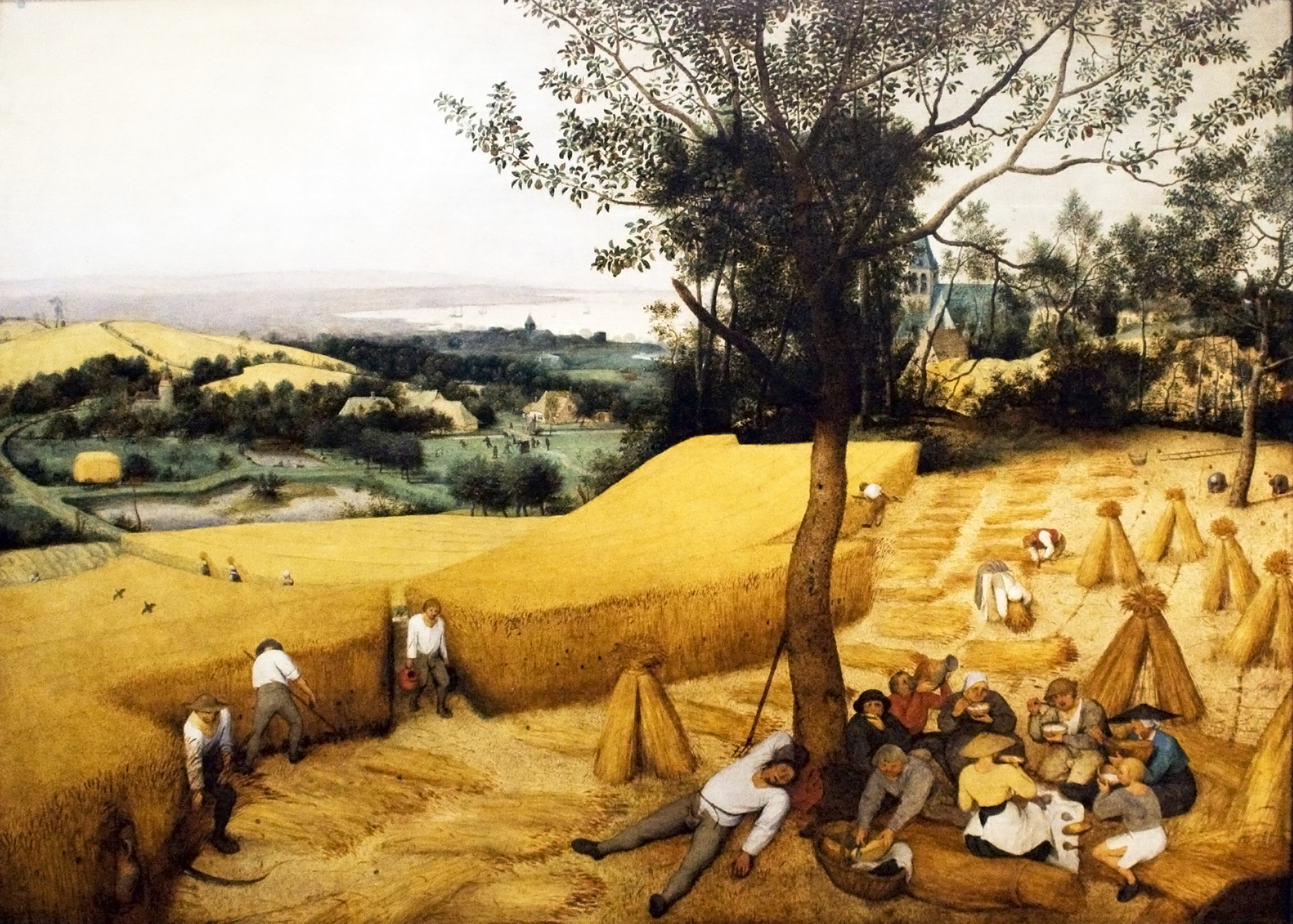
The Sower’s Song by Thomas Carlyle
Now hands to seed sheet, boys!
We step and we cast; old Tkime’s on wing,
And would ye partake of Harvest’s joys,
The corn must be sown in Spring.
Fall gently and still, good corn,
Lie warm in thy earthly bed;
And stand so yellow some morn,
For beast and man must be fed.
Old Earth is a pleasure to see
In sunshiny cloak of red and green:
The furrow lies fresh; this Year will be
As Years that are past have been.
Fall gently and still, good corn,
Lie warm in thy earthly bed;
And stand so yellow some morn,
For beast and man must be fed.
Old Mother, receive this corn,
The sun of Six Thousand golden sires:
All these on thy kindly breast were born;
Once more thy poor child requires
Fall gently and still, good corn,
Lie warm in thy earthly bed;
And stand so yellow some morn,
For beast and man must be fed.
Now steady and sure again,
And measure of stroke and step we keep:
Thus up and thus down we cast our grain:
Sow well, and you gladly reap.
Fall gently and still, good corn,
Lie warm in thy earthly bed;
And stand so yellow some morn,
For beast and man must be fed.
Mutability (“We are as clouds that veil the midnight moon”) by Percy Bysshe Shelley (1792–1822)
I.
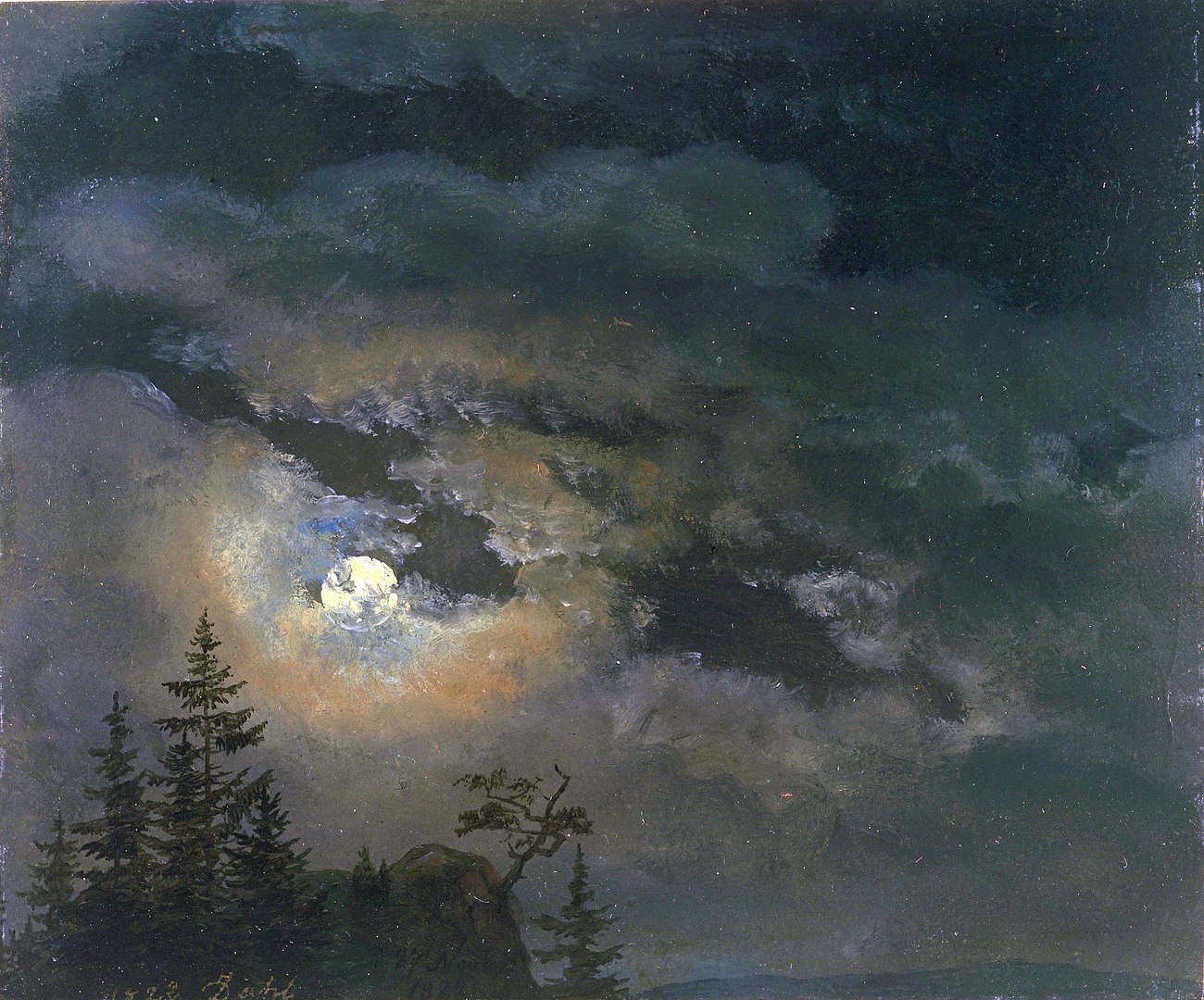
The Flower that Smiles Today by Percy Bysshe Shelley
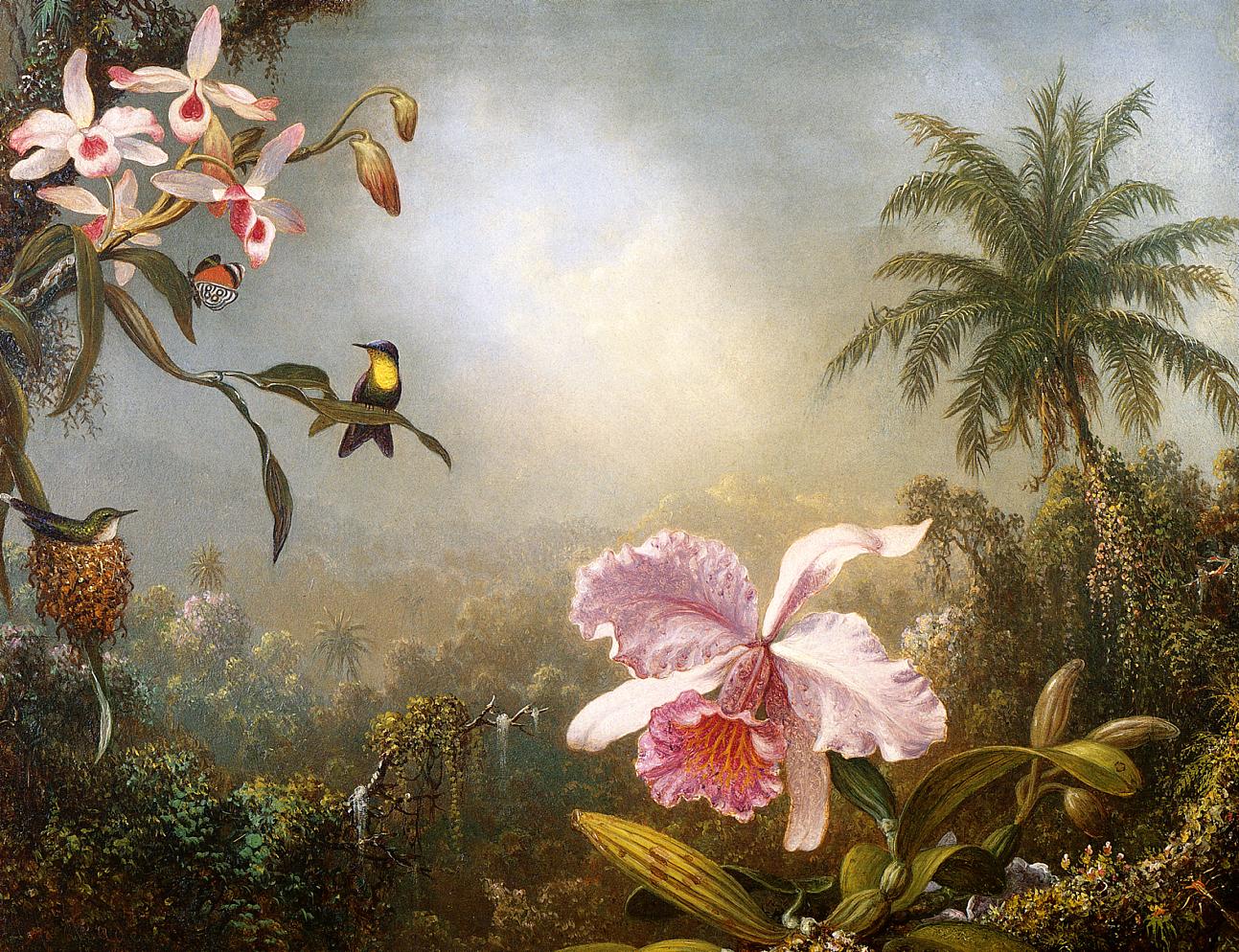
Questions for Further Inquiry
• How does art help us learn about other people?
• What can we learn about a culture through its art forms?
• How does art reflect human culture?
• Do the arts reflect or shape culture?
• How does art influence what we can learn about ourselves and about our society?
• How is art used everyday life?
• In what ways are everyday sites and sounds rooted in the arts?
• How do artists benefit society?
• Why is art necessary?
• How can I use my artistic talents to benefit my community, state, country, world?

